Geffen Refaeli
Amicis Viventes
Summary
Excursions in unknowable worlds
Amicis Viventes (Latin for Living Friends) is a practice-based research, exploring fictioning as a way to know, understand and relate to other subjectivities.
The research originated by reflecting on plant experience. This question entails broader, epistemological inquiries regarding the human ability to know non-human consciousnesses, and the fundamental problem of knowing other subjectivities. These inquiries led me to articulate the following research question: Can fictioning be used both as a tool for exploring the self/other boundary and as a medium by which the real is synthesized?
Hypothesizing that reality forms in the process of mutual identification, occurring in intersubjective encounters, this research aims to use artistic practice in order to investigate the mechanisms by which we understand other subjectivities. As an axis for these investigations, it focuses on speculating plant consciousness.
Courtesy of the British Fantastic Naturalism Society (BFNS), the research engages with and reveals materials from the Historically disregarded archive of The Professor, Documenting the discovery of allegedly conscious botanical life forms, i.e. Holobiont Phytobiome Crosslife Beings (HPCB), these journal entries, letters, photographs, drawings and organic samples, increasingly raise interest in scientific and scholarly circles, in light of recent discoveries in plant behavioral studies
By using individual and collaborative methods of fictioning and playing, it aims to break through the barriers of language, elicit connection and evoke a more inclusive, empathetic approach to all beings, human and non-human.
The Archive
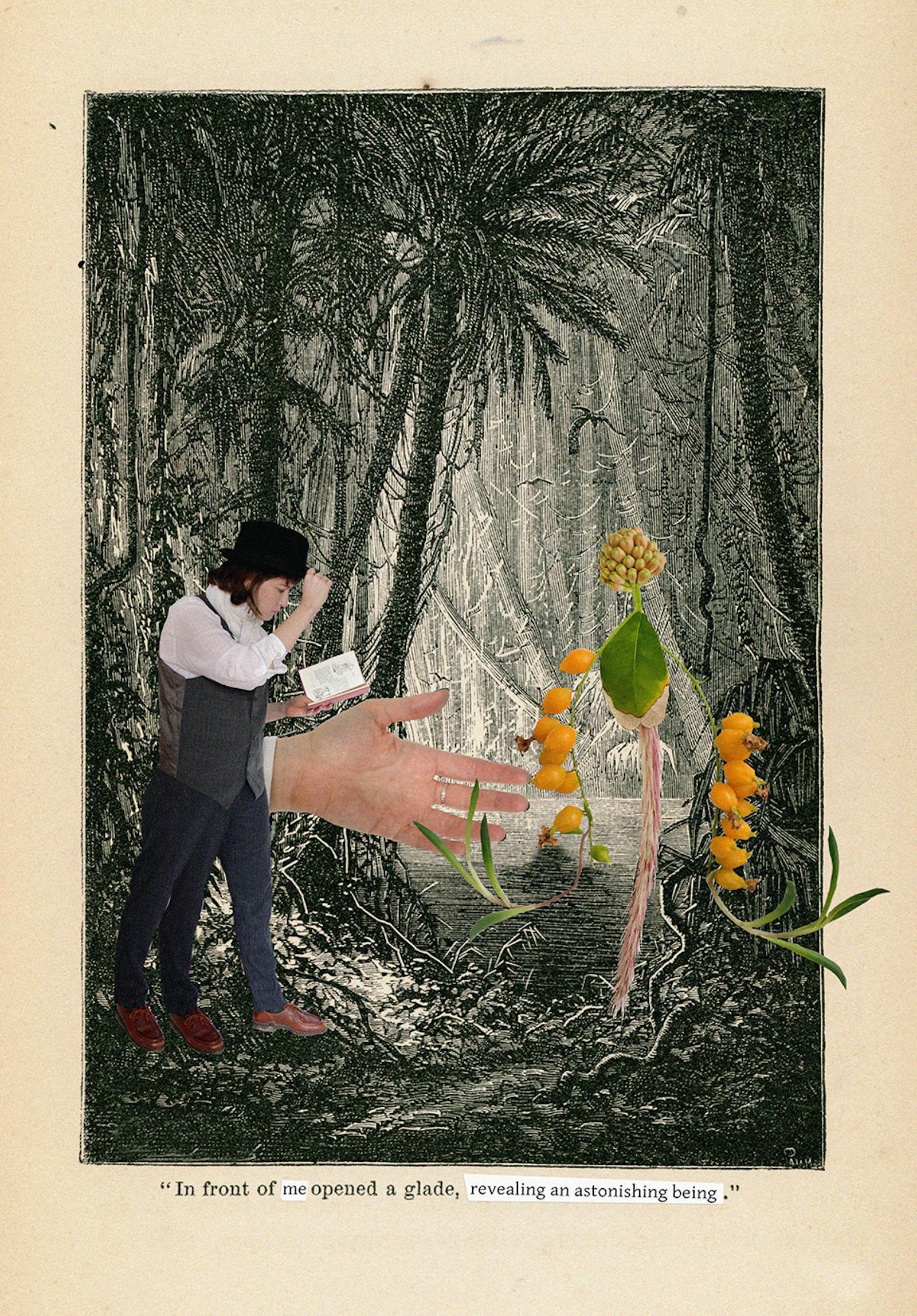
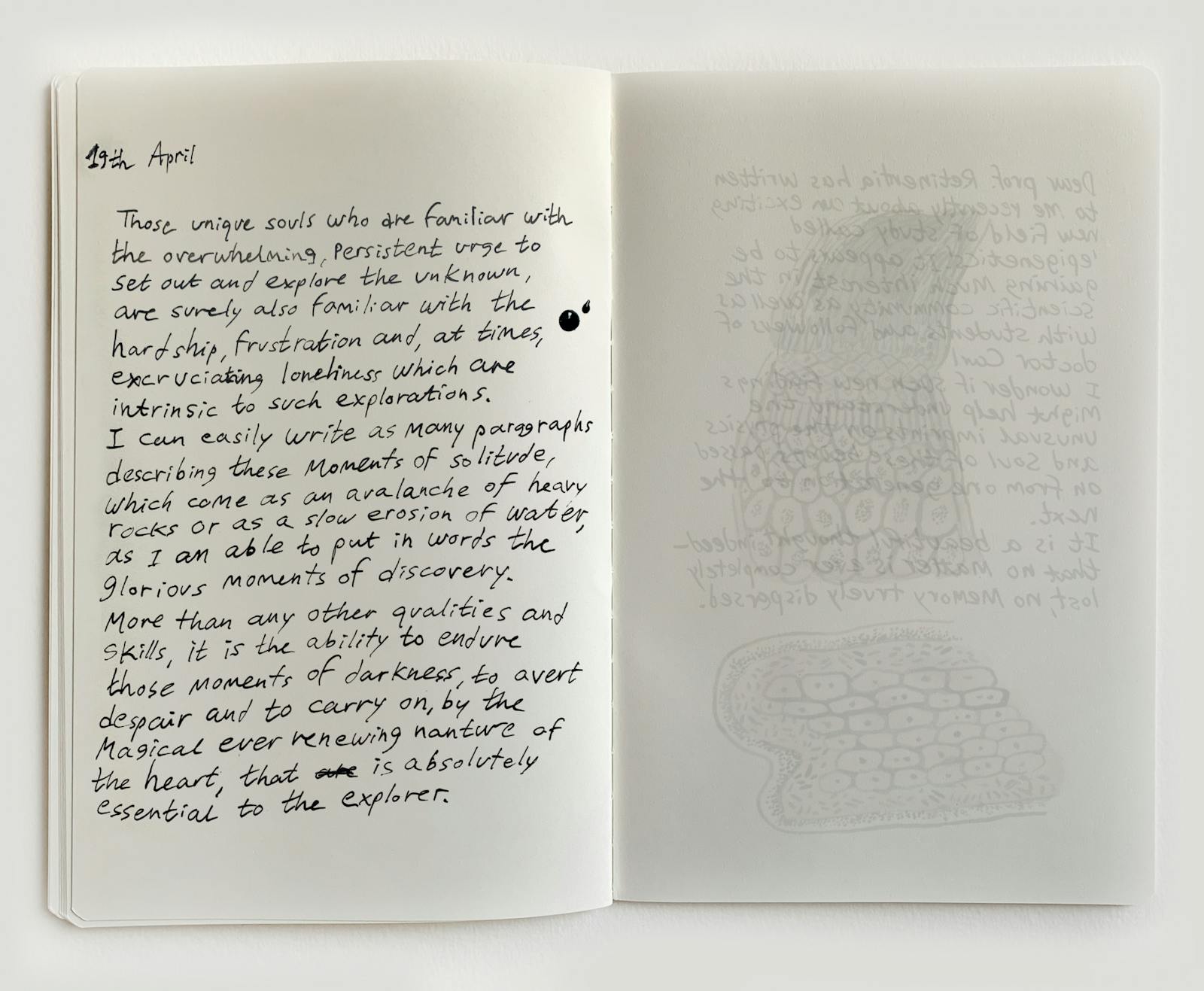
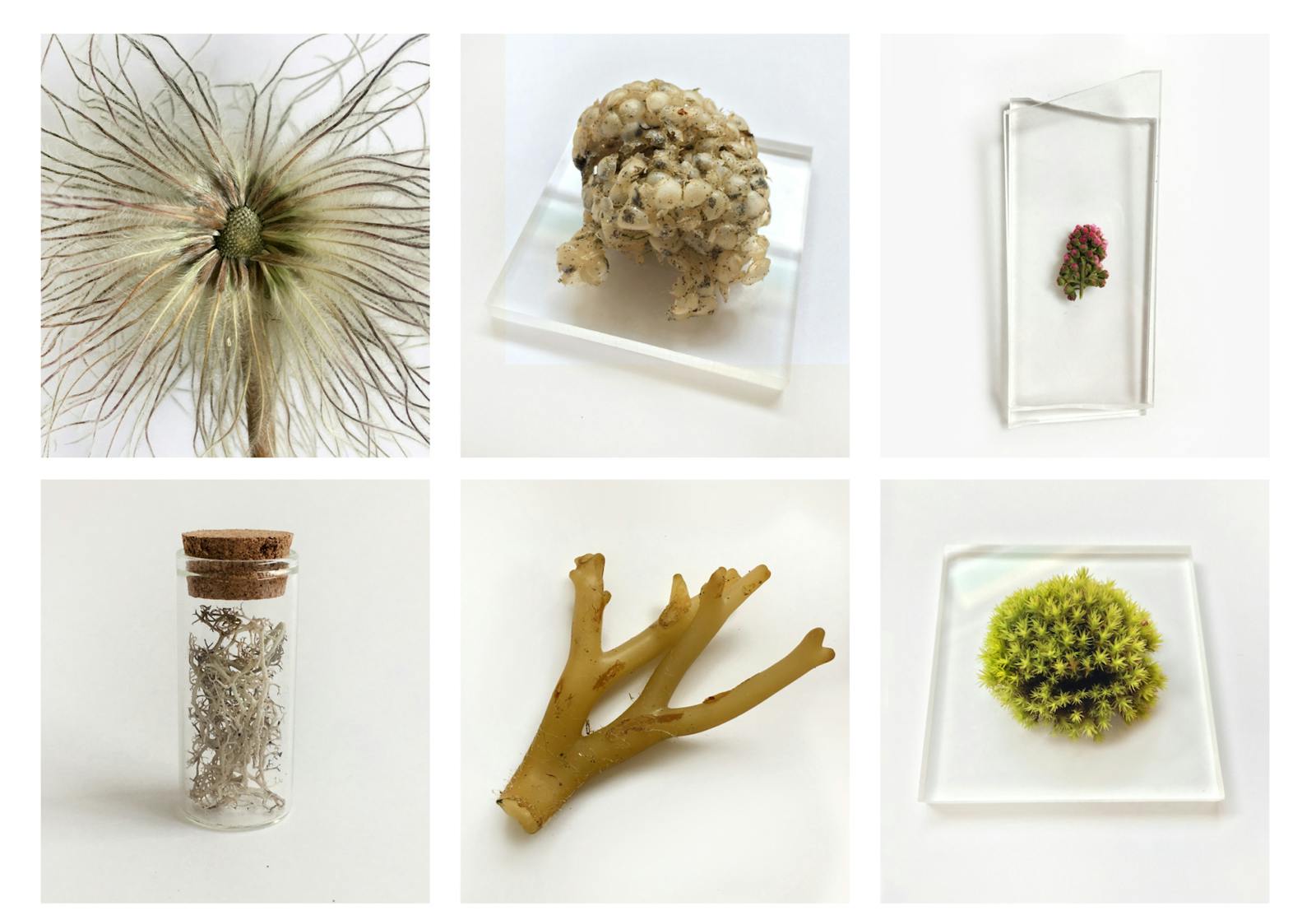
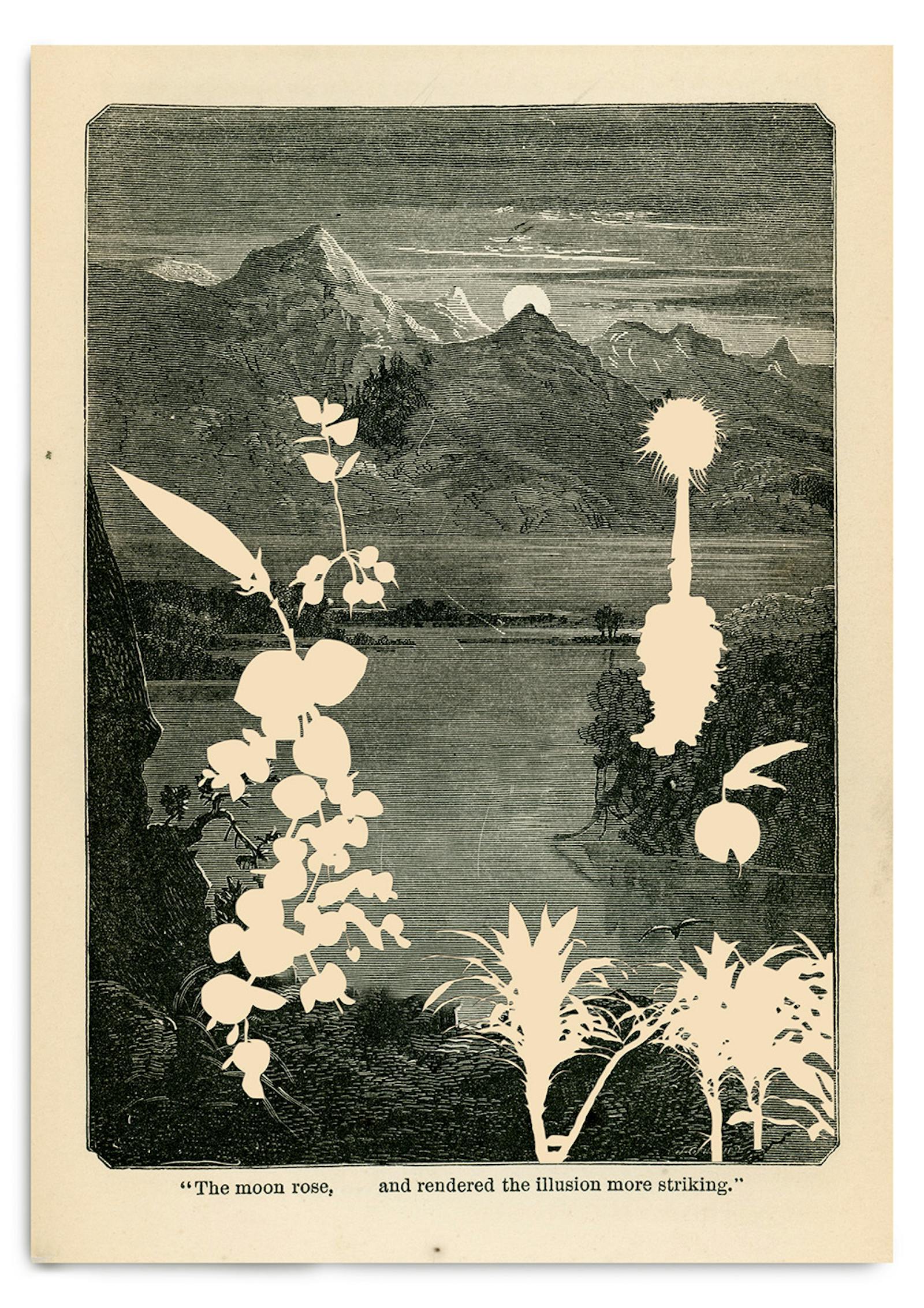
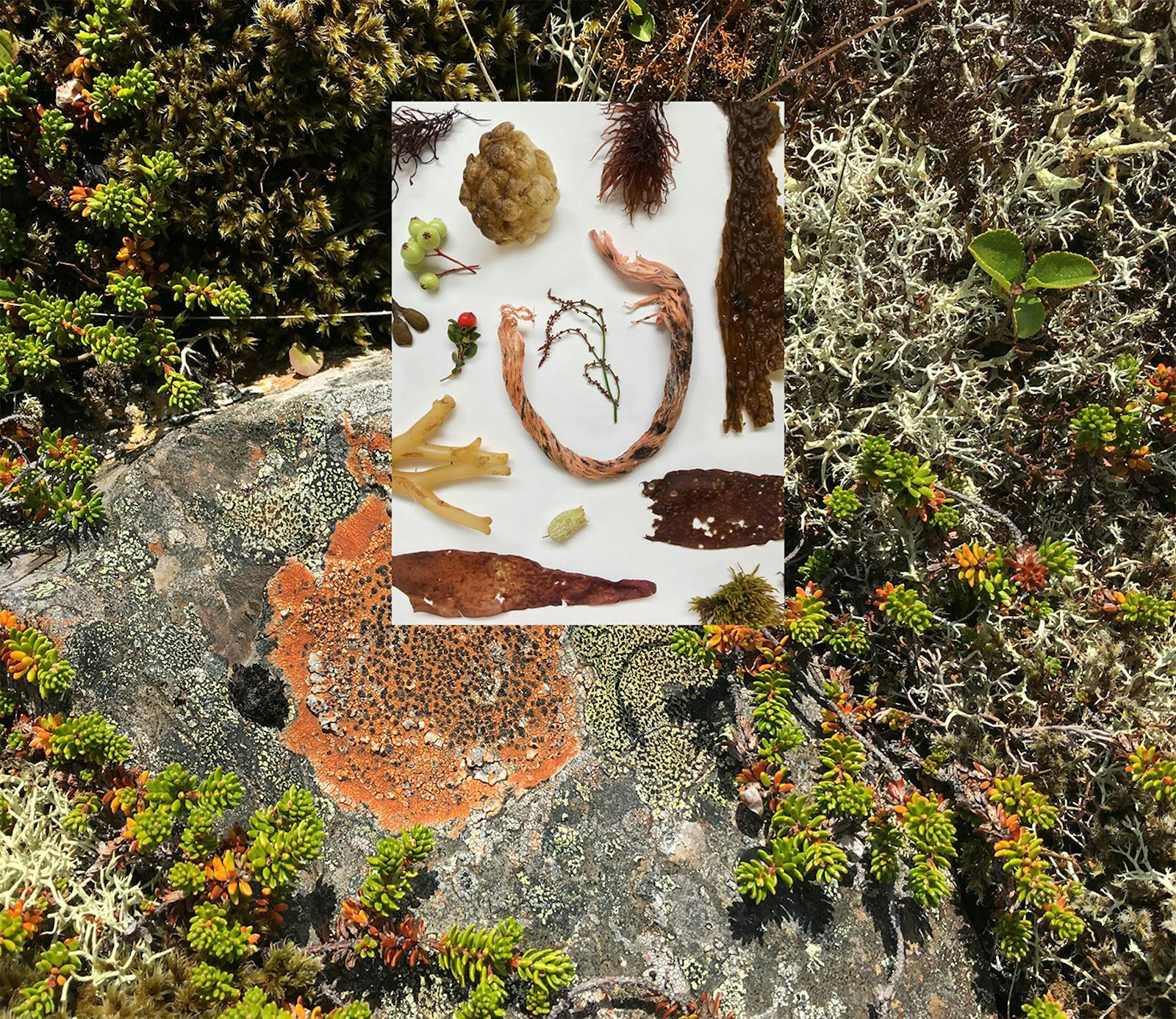

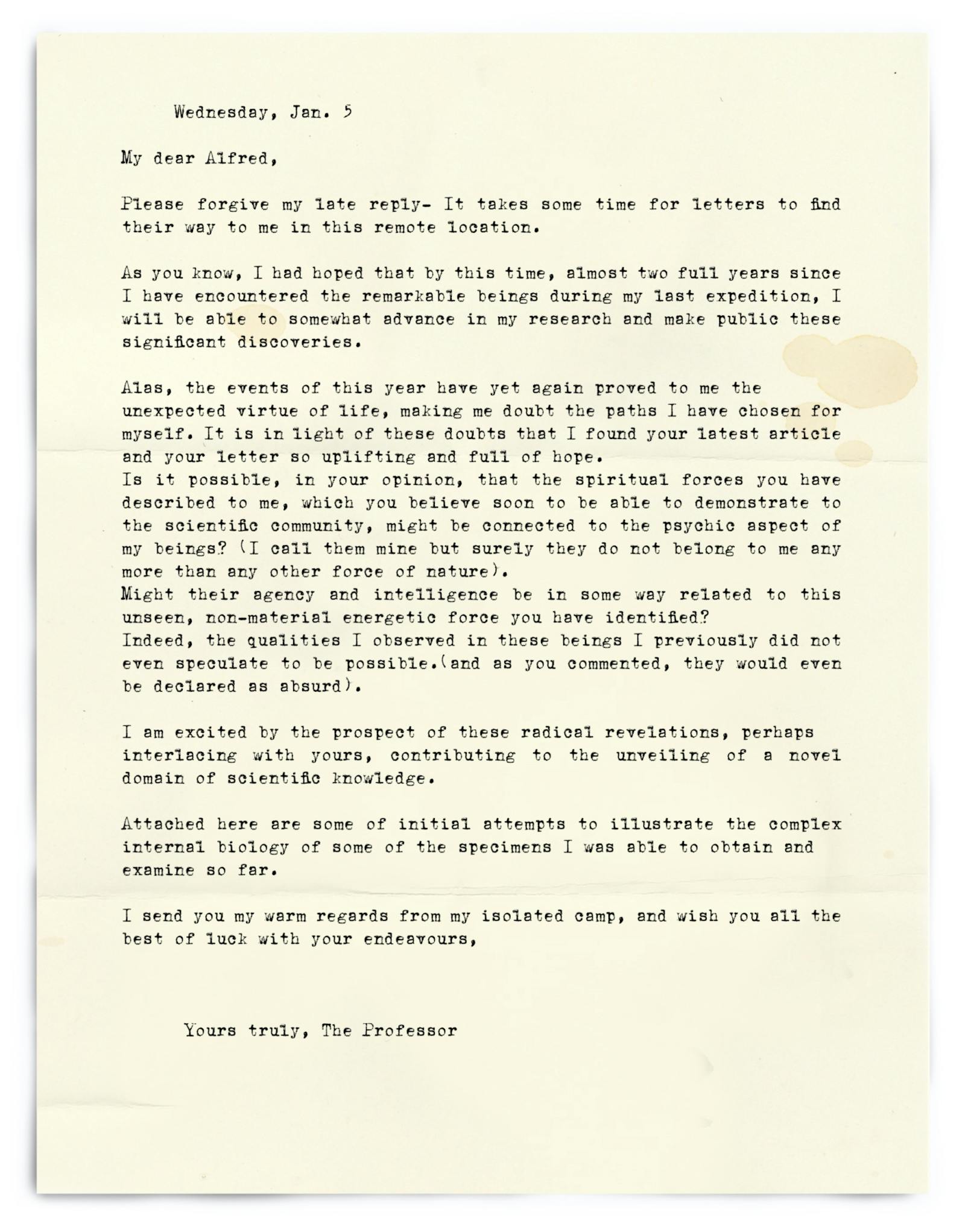
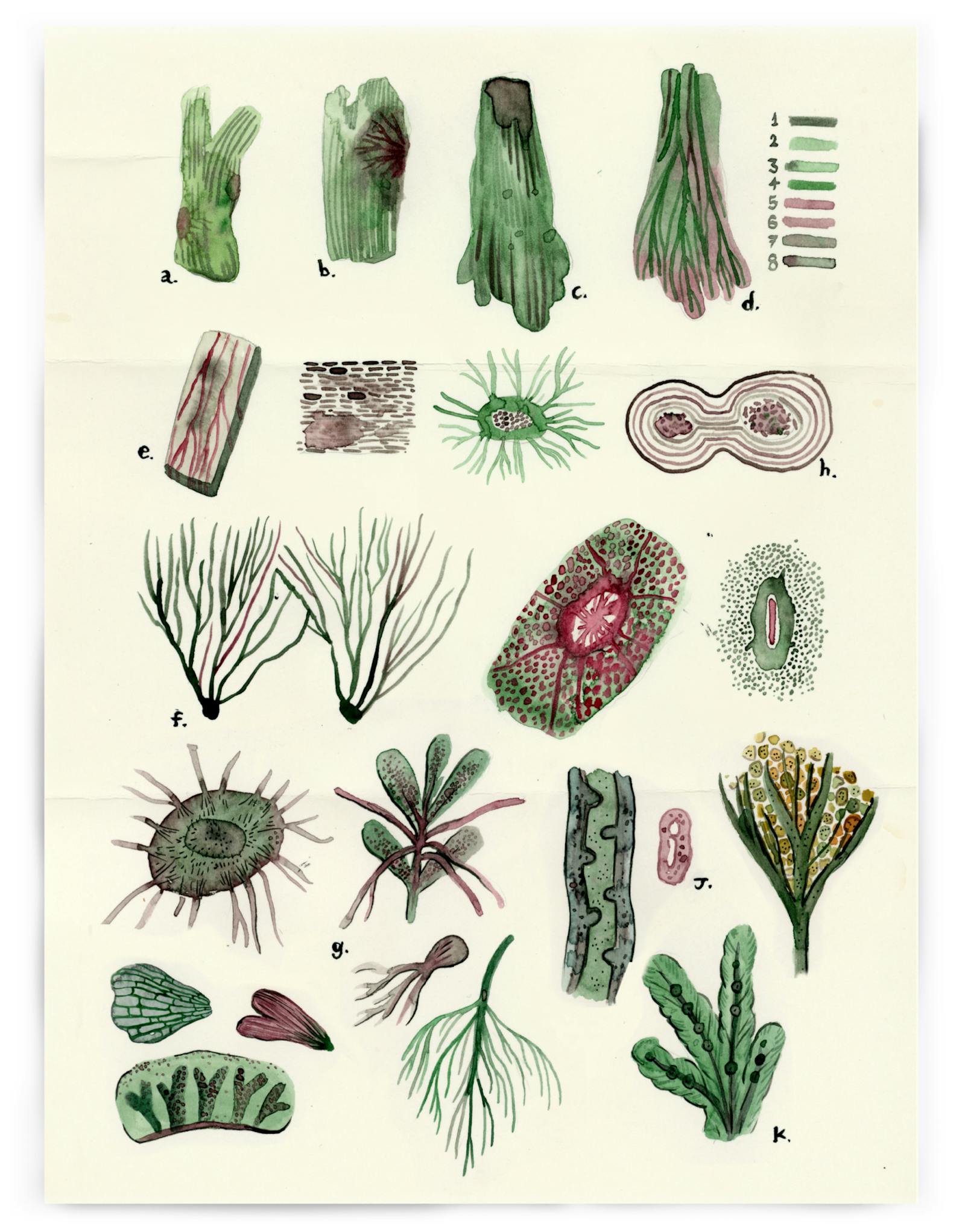
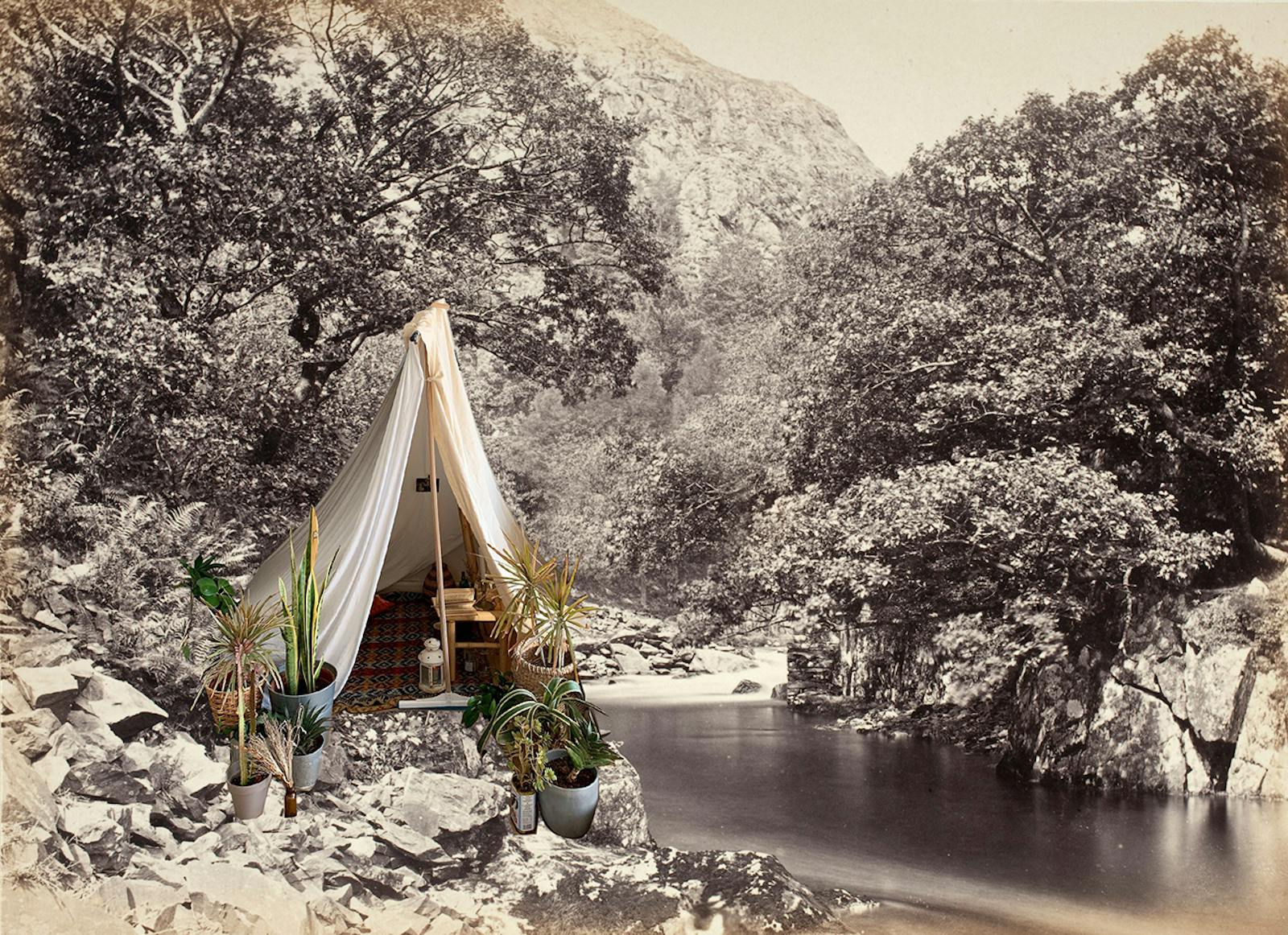
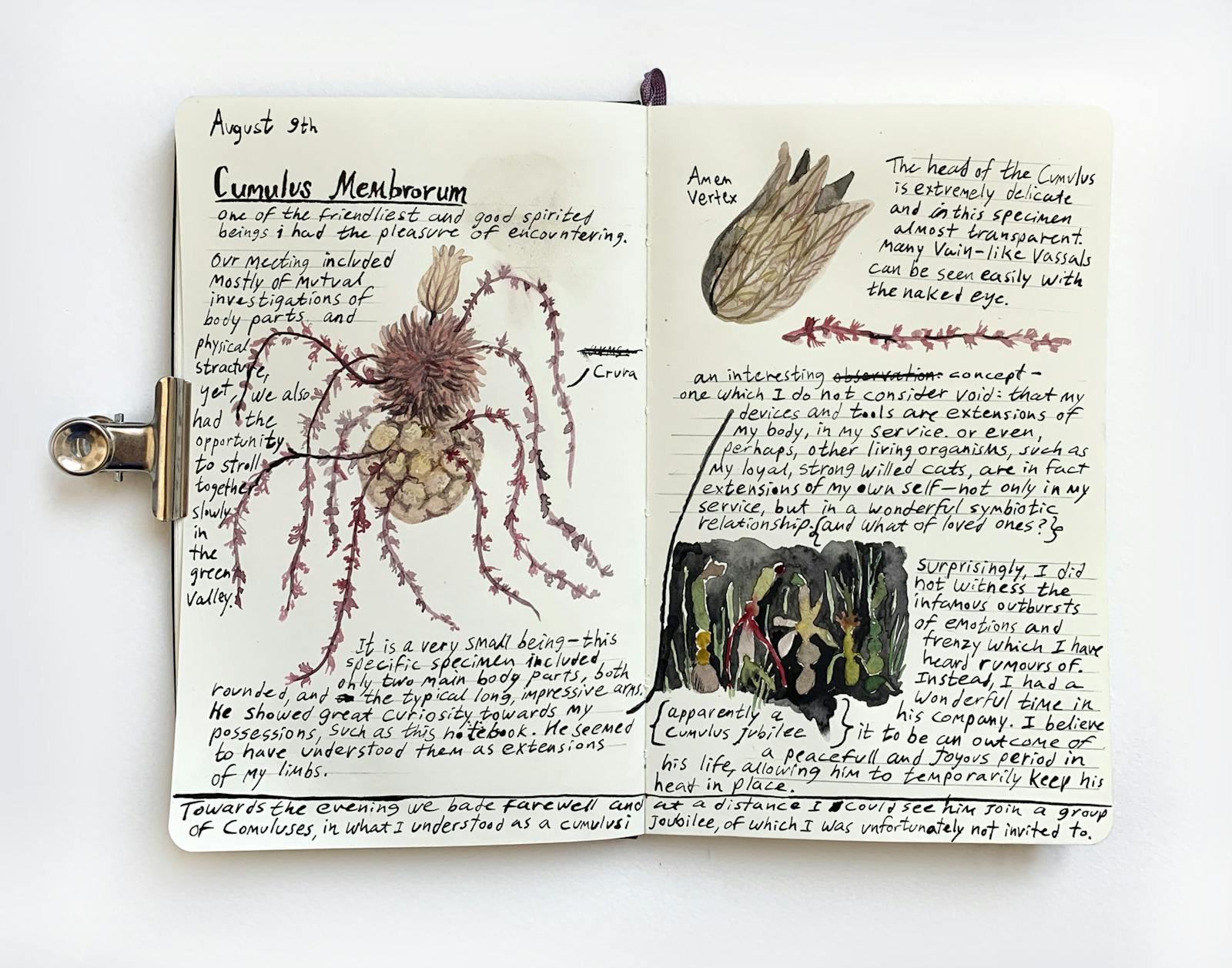
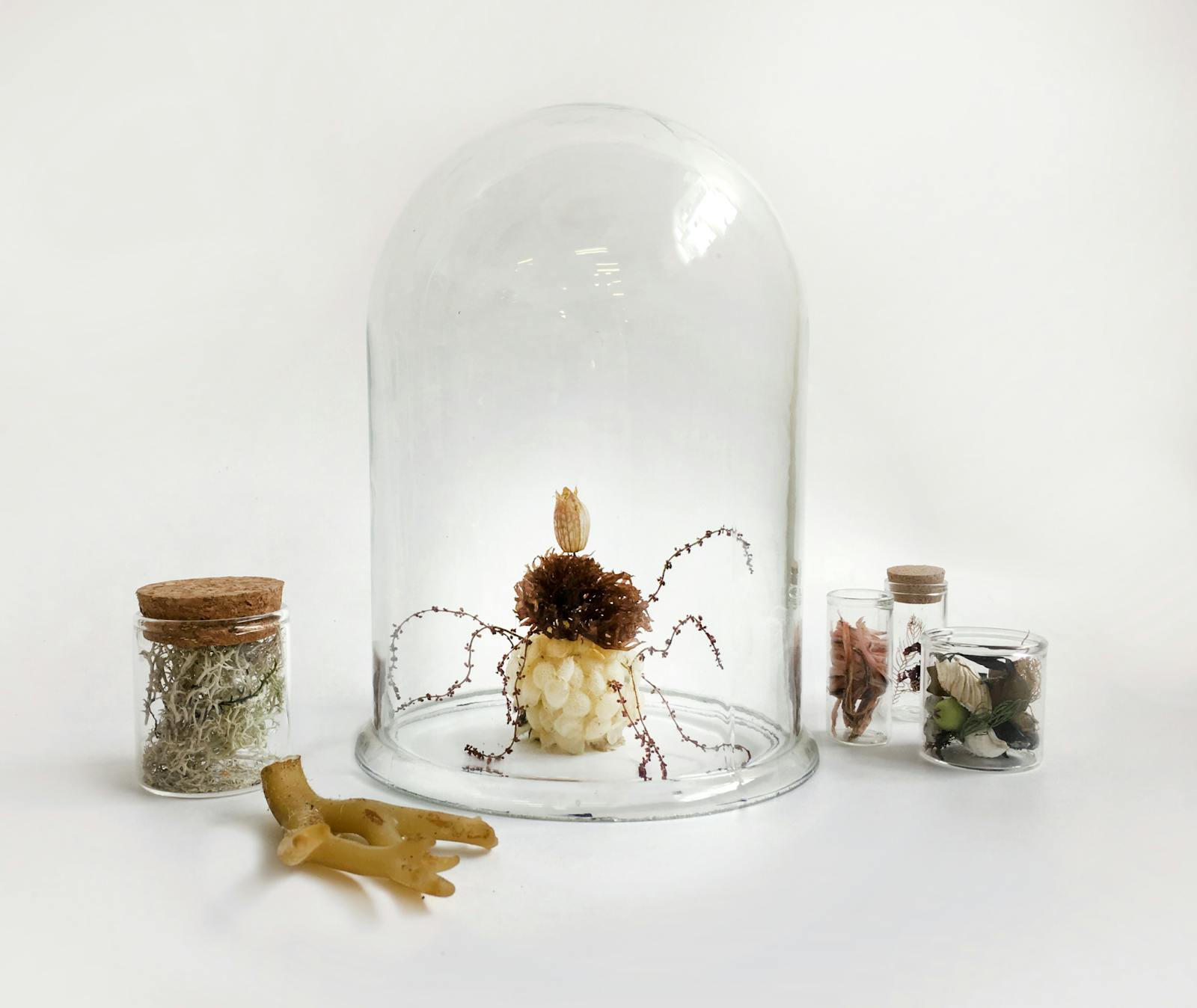
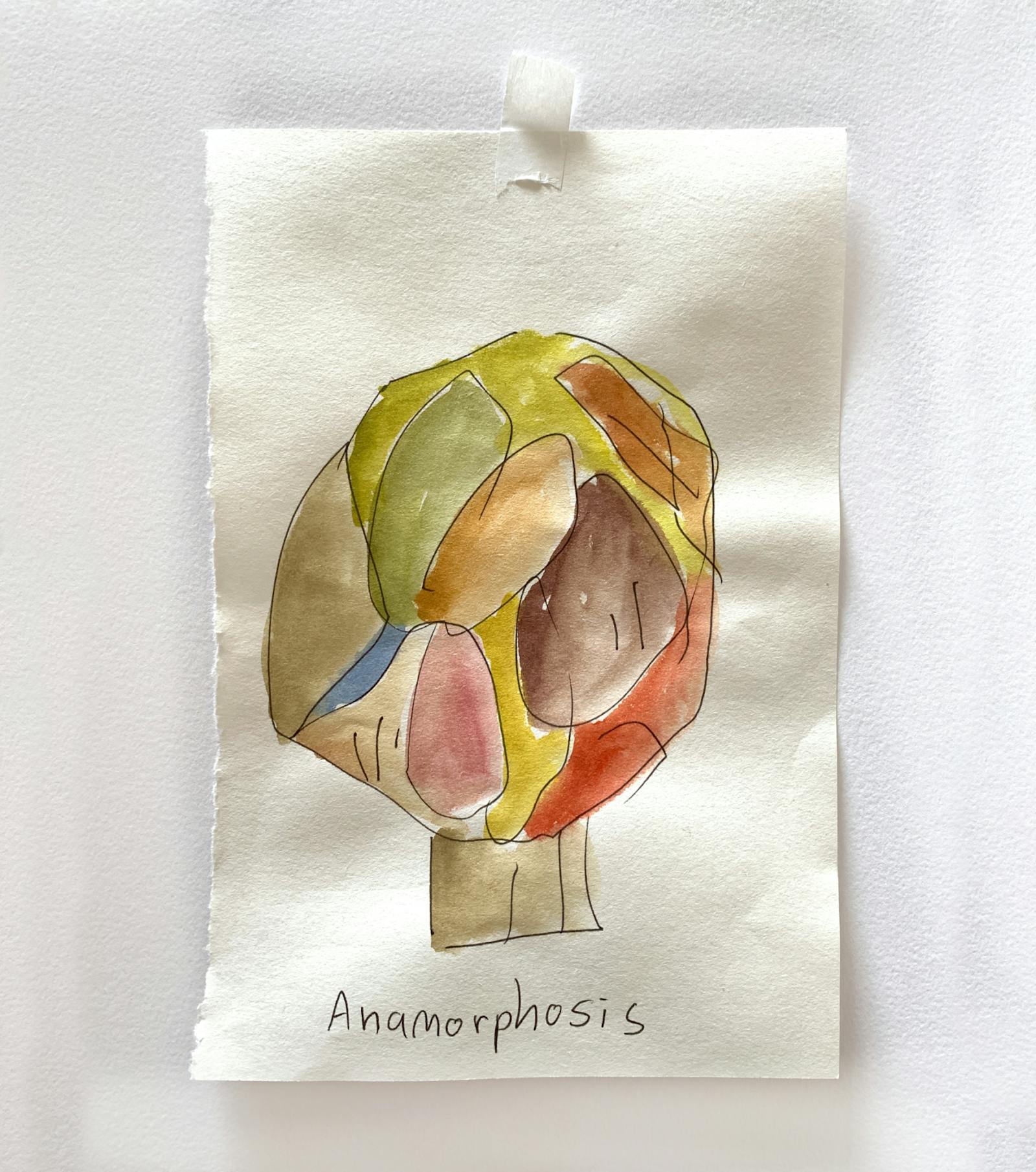
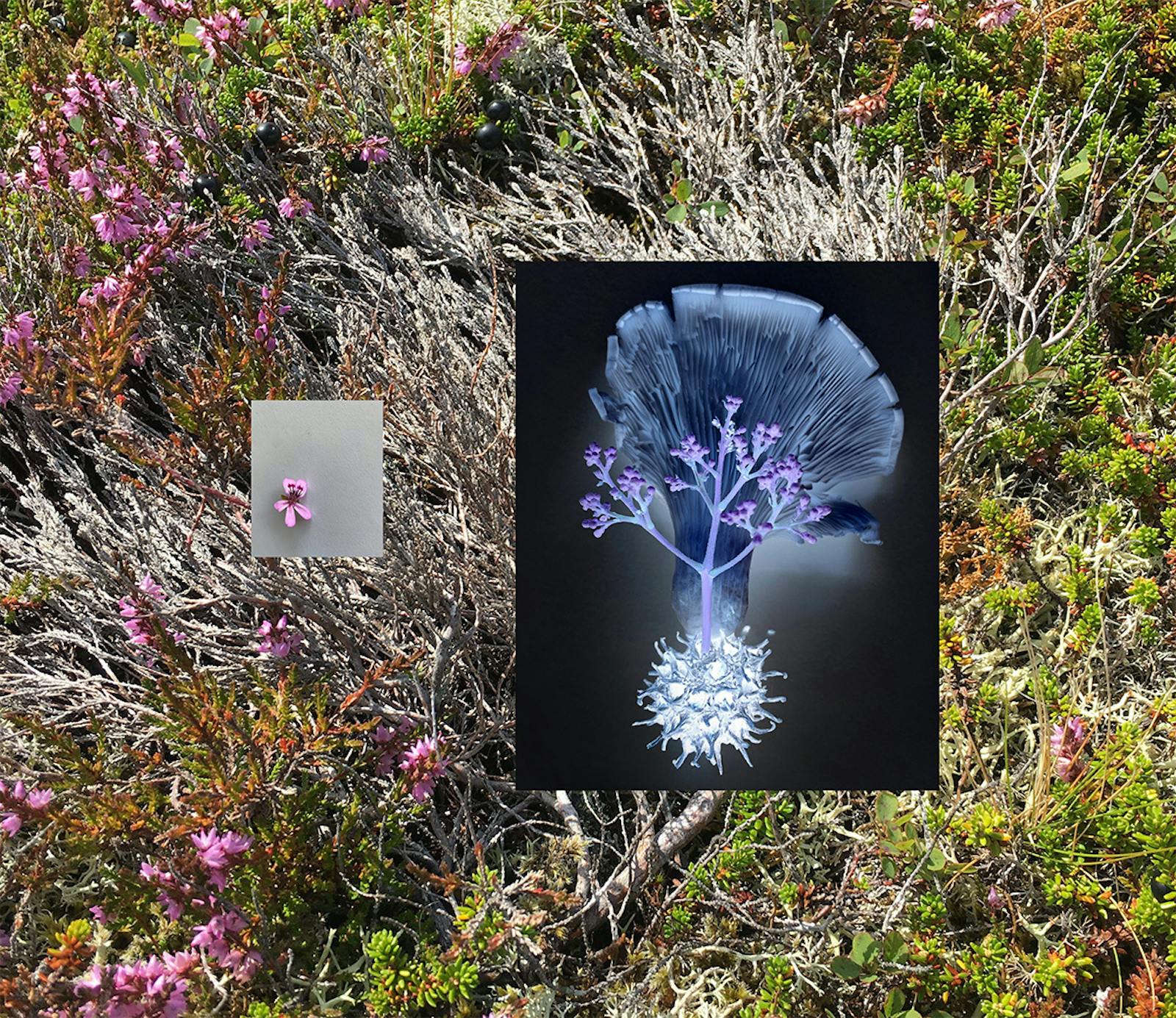
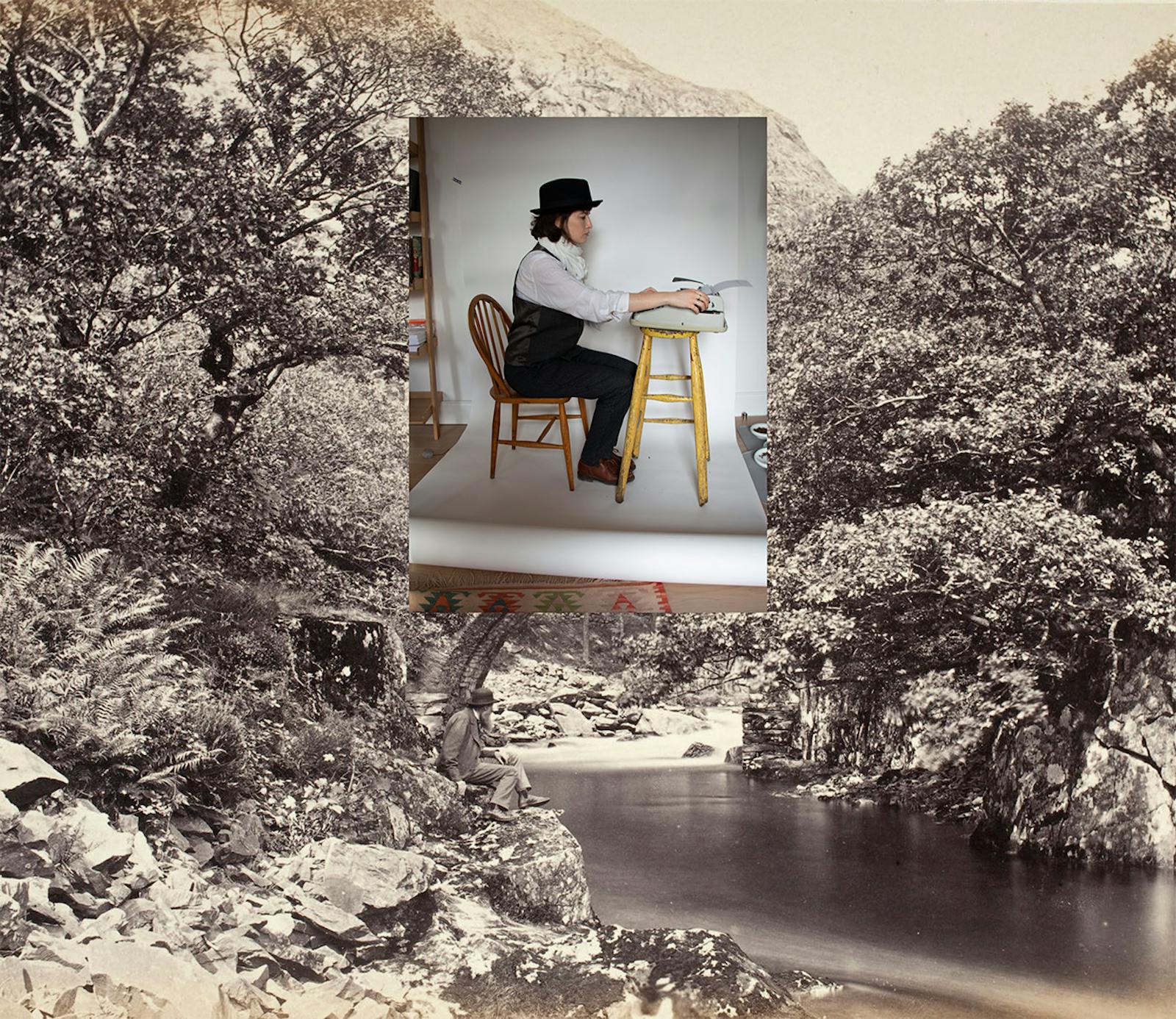
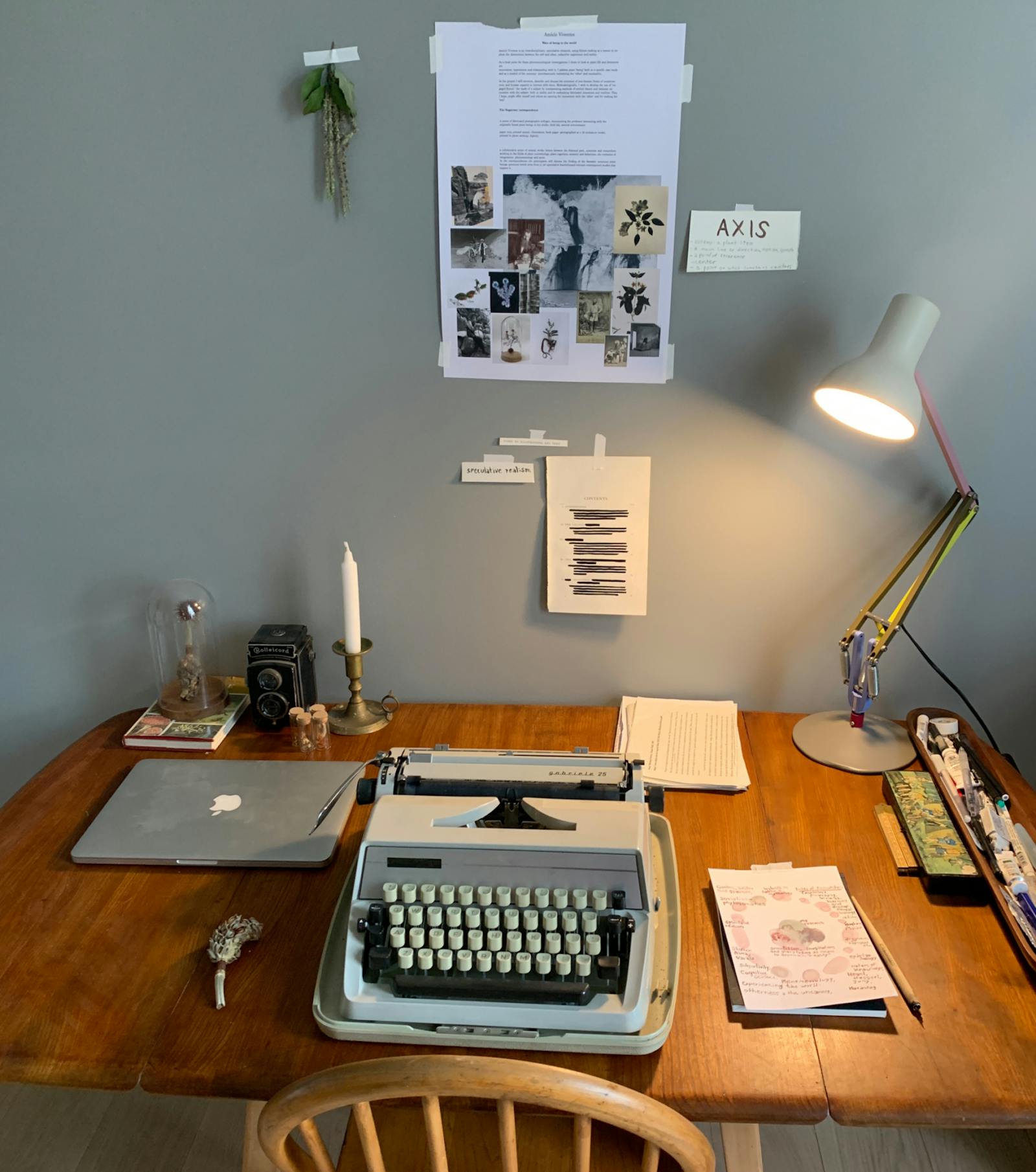
Specimens
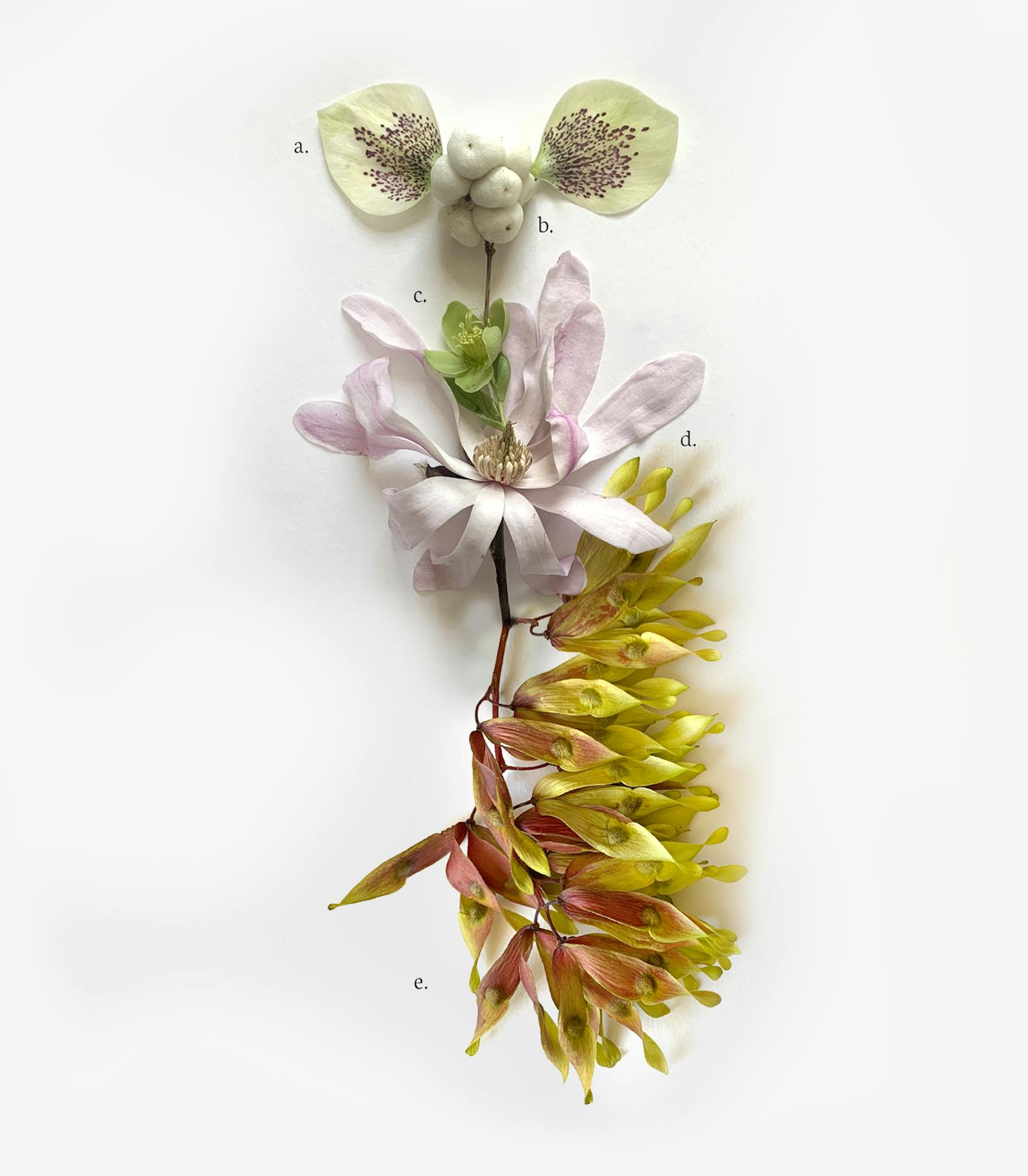
Intentae Audien
(careful listener)
Considering the name and appearance of this being, it is perhaps surprising to learn that he does not perceive sound in the manner one would traditionally expect. Instead, the Audien is able to listen to the sounds of his environment using two very interesting mechanisms- one is the ability to detect the most delicate vibrations in air density, and using tiny hairs on the face of his ears*, to translate these as if they were sound waves. In regard to this ability the reader might find it interesting to look at recent studies regarding the fantastic hearing capability of the evening primroses (Oenothera drummondi).
The second ability is relatively rare in nature, and is undoubtedly intriguing. The Audien is capable of hearing the thoughts of those around him- though he does so with greater efficiency when listening to those entities close to his heart, might they be botanical or mineral. Nevertheless, as we became more acquainted, the Audien successfully heard a few of my thoughts, which were not entirely clever, confirming that human-plant telepathy is possible.
Fig 1
a. auribus maculosus
b. capitibus
c. florescentia corde
d. corpus movens
e. caulis
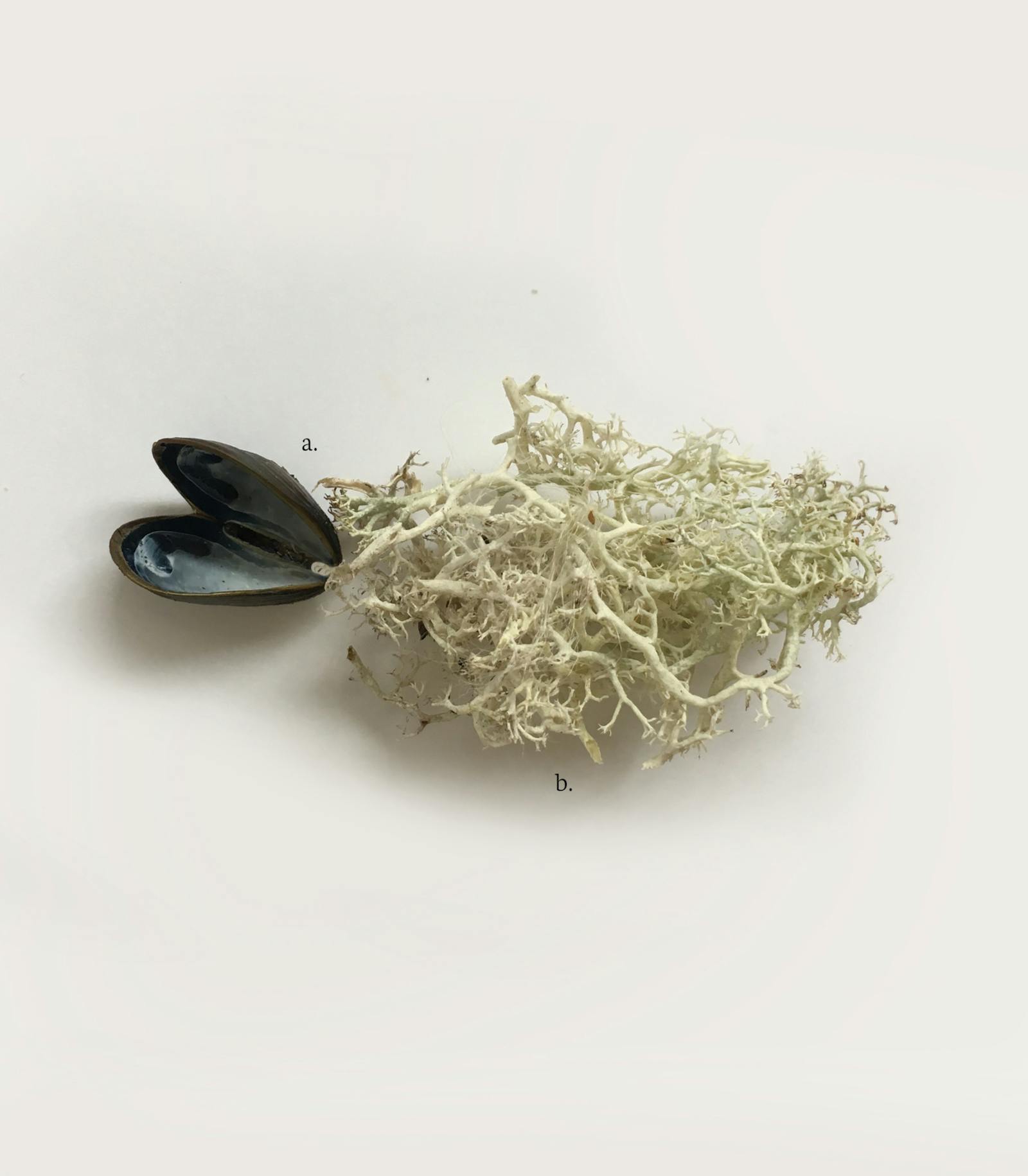
Alterna Nidus
(Altering Nest)
A marine being, the Nidus presents a unique, unprecedented capability of conscious-base alteration. This simple looking entity is able of extremely diverse manipulations- replacing one central organ with another; moreover, she is able to intentionally decide to make her central consciousness-base to a different organ- and so is in fact able of unlimited biological metamorphosis.
If we try to analogize this to animal terms, this ability might be viewed as an ability to choose any bodily organ as the ‘brain’ without losing a core sense of self, and to change any of the other organs without ado. No doubt this remarkable ability opens new avenues of thought and research in the study of neurobiology and the cognitive sciences.
This particular Nidus is composed of a lichen mesh organ, consisting of many tiny viscous arms that safely fasten to different substances. In this case, instead of the typical kinds of algae, it attached itself to a small sea-shell. In it, happily reside a mollusk that is especially fond of creative swimming, and regularly departs from the Nidus for a few hours a day for its routine practice.
This harmonic kinship is one of the few rare HPCB-animal symbiotic relationships I have witnessed, and is indeed quite enchanting.
Fig. 1
a. Conca
b. Lichen Corpus
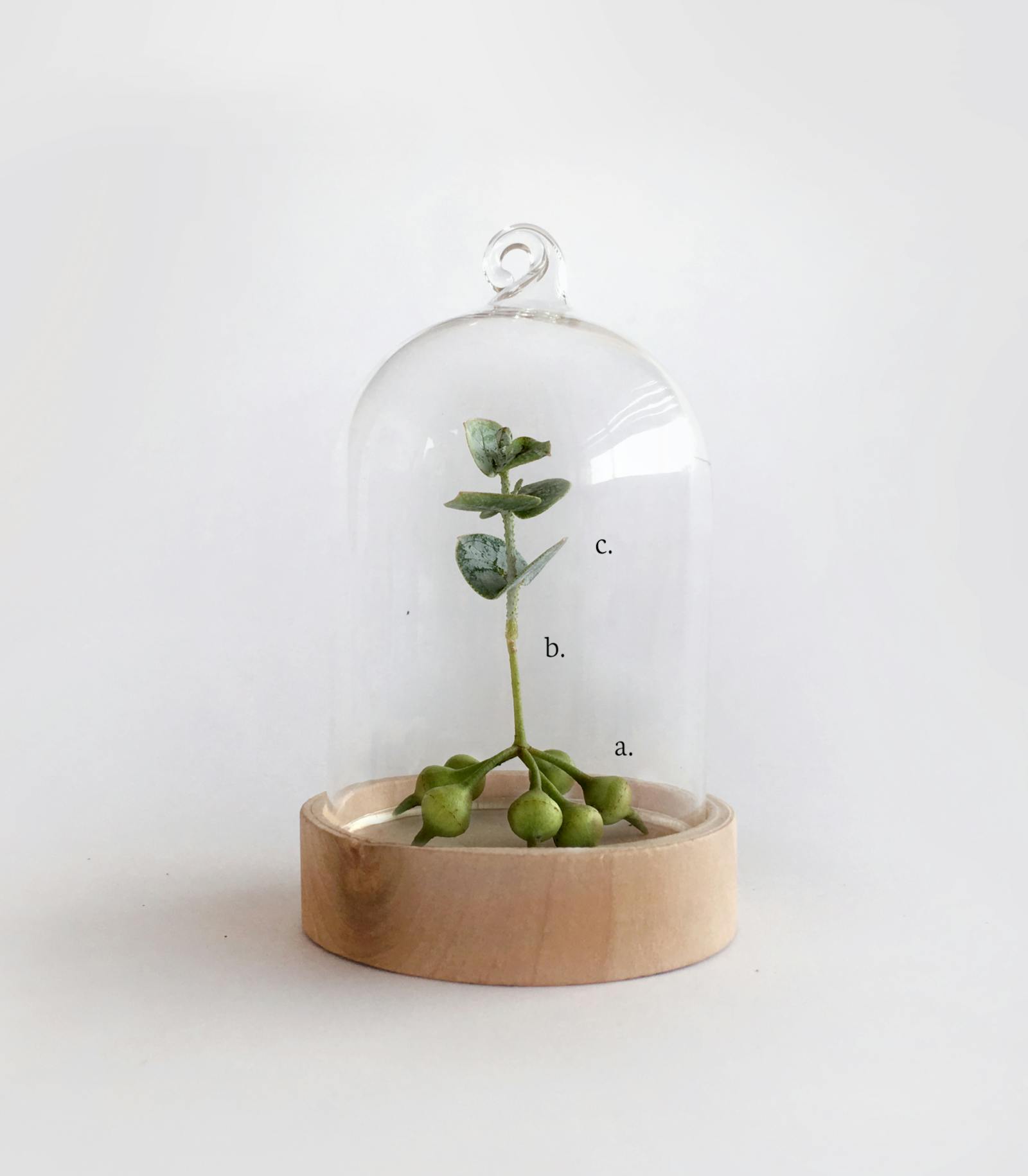
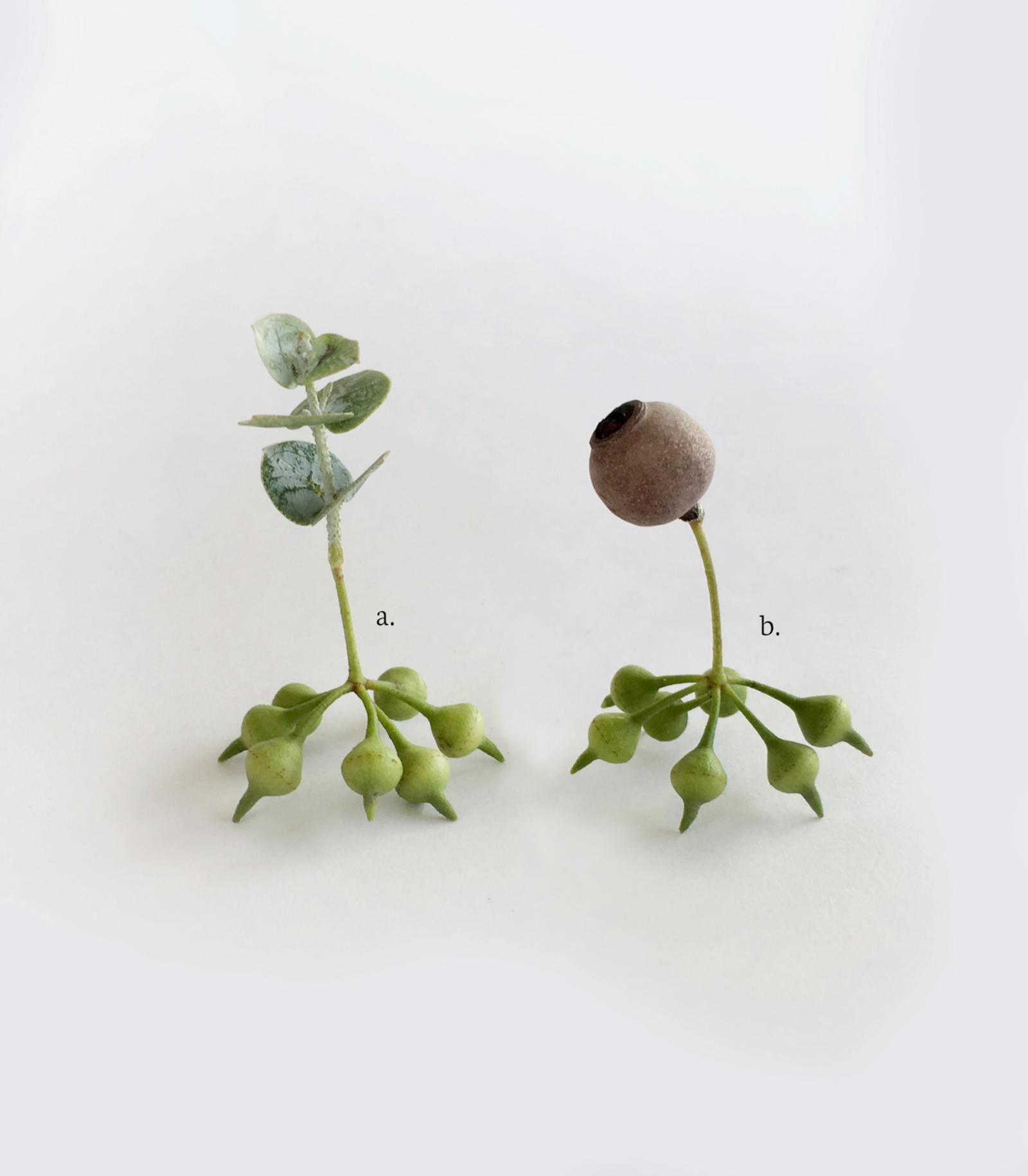
Minima Edidere Saltantium
(Tiny Dancers)
These small beings (reaching up to 4 cm) are unique in their language. To communicate, they use only various methods and styles of dance- ranging from vegetal ballet to contemporary experimental dance. Although at times they are difficult to understand, they are amongst the most persistent and good spirited beings, and always continue to try and express themselves patiently. Drawing inspiration from myriad traditional botanical performative practices- such as the famous ‘wind in trees’ dances or the peculiar sun salutations performed by the likes of the sunflower- they constantly reinvent their rich language.
The Saltantium will often appear in groups of between 2 and 15, and are especially marvelous to witness when joined together in hundreds for the occasional celebration. Their dancing can be so mesmerizing that one might find himself captivated in their presence, easily losing track of time. For this reason, it is important to always hold on to a watch when observing them.
Fig 1
a. diligent pedes
b. Aperto Capite
c. Corpus derivantur
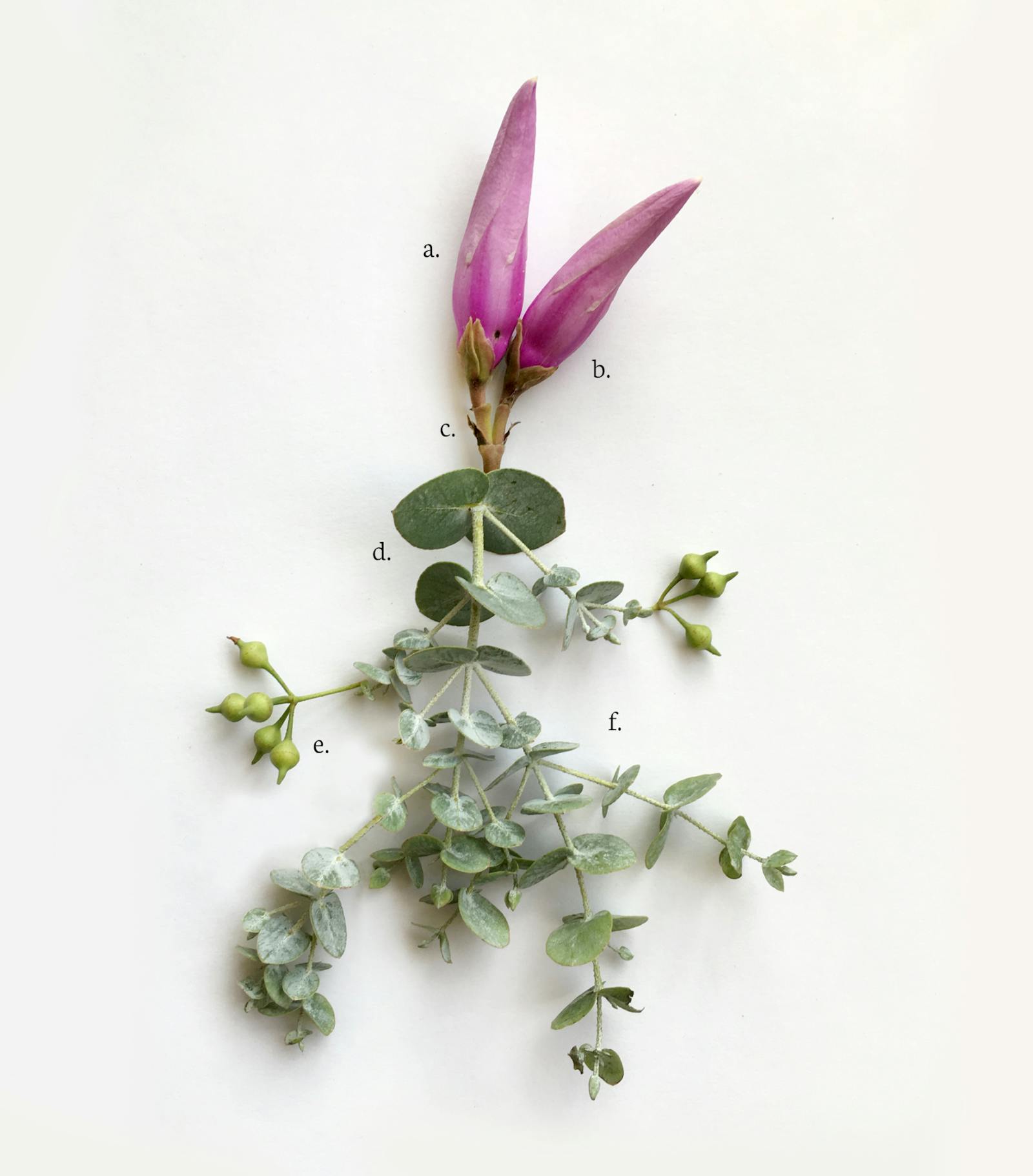
Alis Parum Volatili
(little hovering wings)
The Volatili is a delicate soul, moving lightly and quietly among other beings. Fluttering its many small wings it is able to hover from crowd to crowd and easily jump over obstacles. In its fragrance pods it develops various unique aromas, which he then releases into the air to impress other volatili. Each being formulates its own individual signature smell, and it is unlikely to find Volatili carrying the same odors.
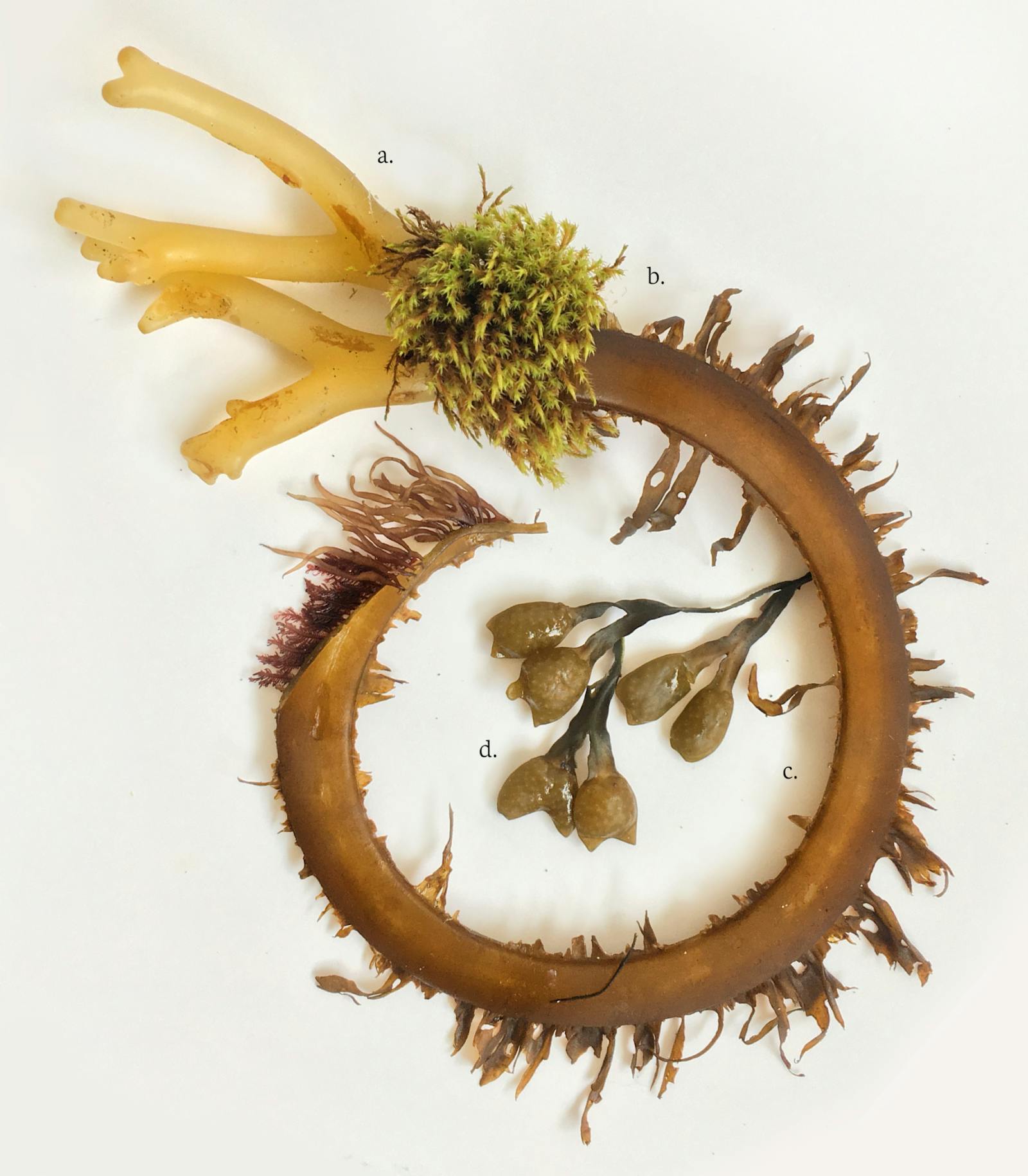
Spiralis Curiosum
(curious spiral)
This large terrarium ranges between 15-30 cm, and is usually found in the proximity of seawater. I have encountered this particular specimen in a small basin of water, created by the rocks, where it was engaged in a unique and bizarre performance of what seemed to be a courting ritual, and were utterly unbothered by my presence.
They were wrapped up and tangled with three other reptiles of a similar kind, tickling each other with their small algae fingers. From time to time they were softly kissing each other with their tentacles.
The function of their small sacs is still curious to me and requires further observations, yet it might be connected to their reproduction system. Otherwise, it may very well be a feature of extravagance and allure.
Fig 1
a. Tentacles
b. Tufted neck fur
c. Corpus with tiny fingers
d. Liquid sacs
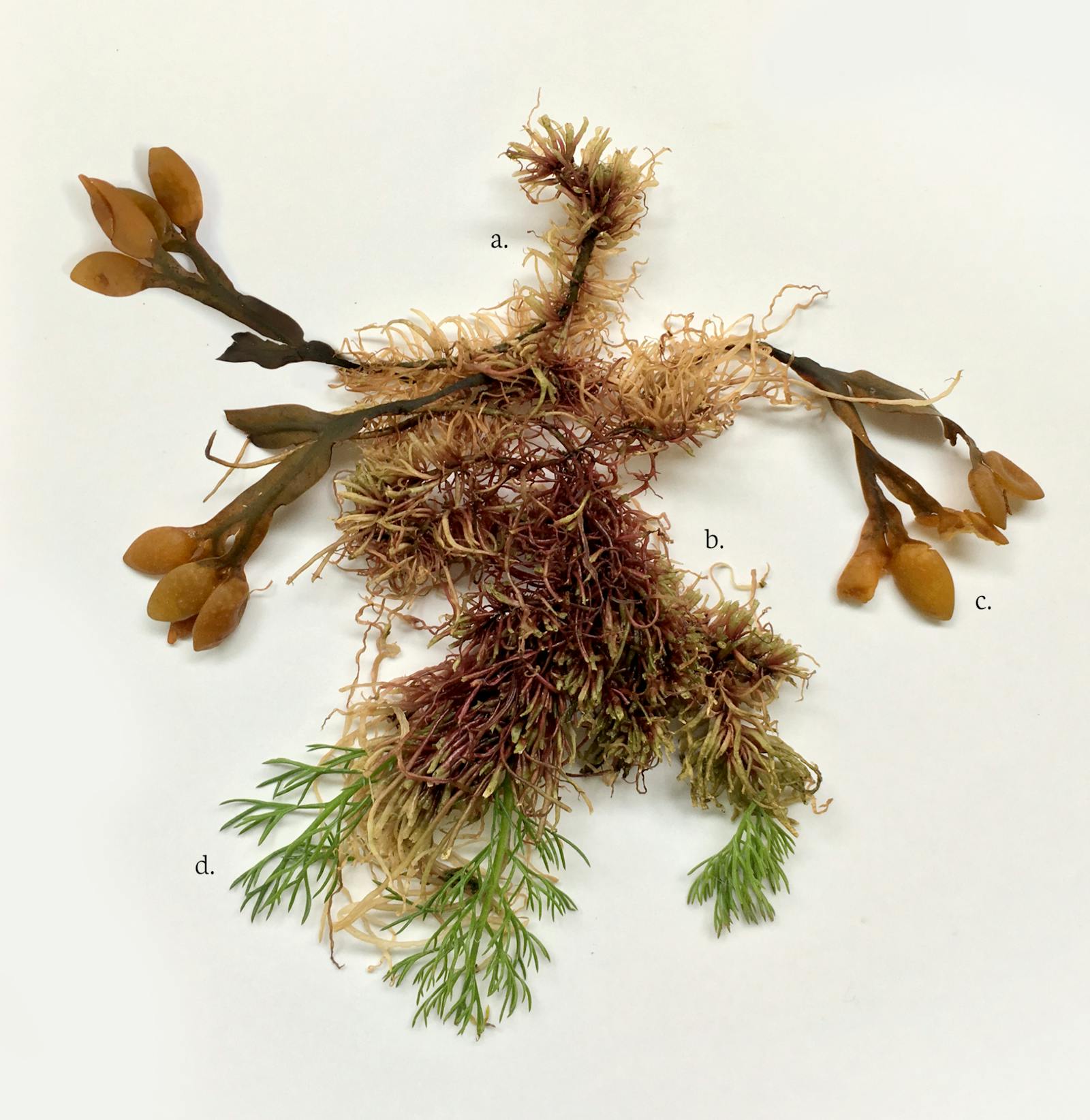
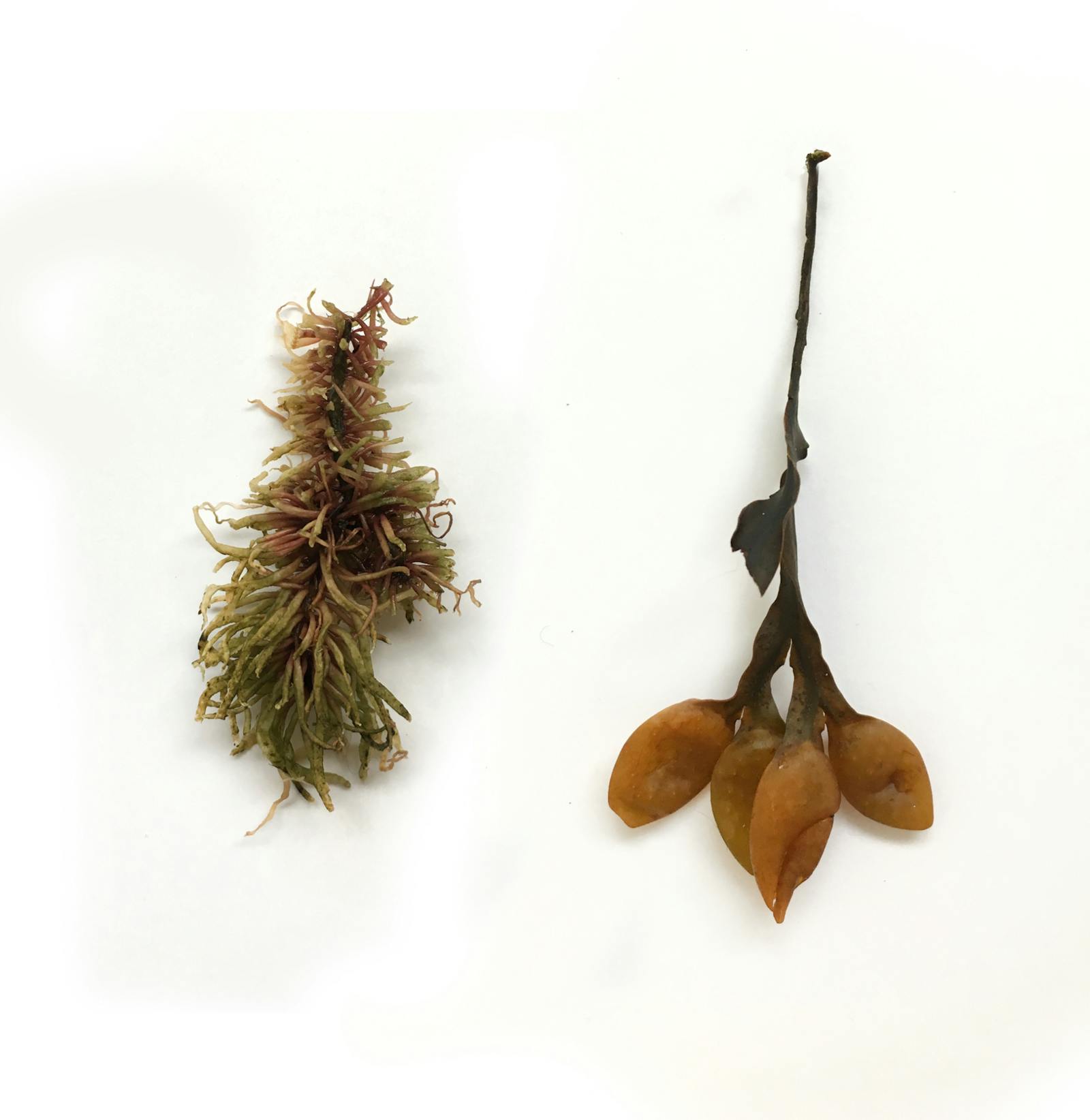
Humidum Nuntius
(wet mess)
The Humidum is an extremely social and communicative being. Its habitat is divided between seawater, in which he sways aimlessly and wonders about at most hours of the day, and humid environments on land. When on the ground, he can often be found running around and trying to socialize with other beings- as a result of his somewhat alarming appearance, not always with great success.
He is capable of remaining on land for long periods of time due to his humid Saccurum purse-like palms, in which he stores enough water and salts to sustain and hydrate him for up to 6 weeks. This way, the Humidum keeps himself damp and moist at all times.
His wet fur has diverse pigmentation ranging from pink to green shades. The greens usually appear at the bottom where he is most likely to be in contact and friction with different kinds of grass and weeds while on land.
Fig. 1
a. Apex Lominus
b. Corpus
c. Umidus Saccorum
d. Centum digitos senos
